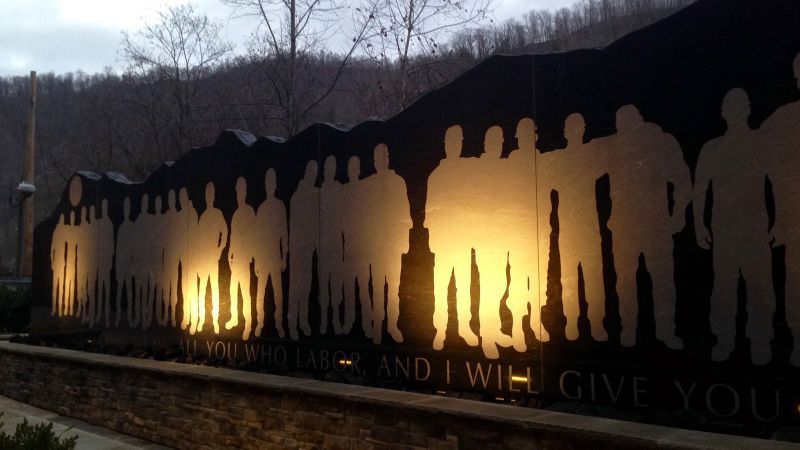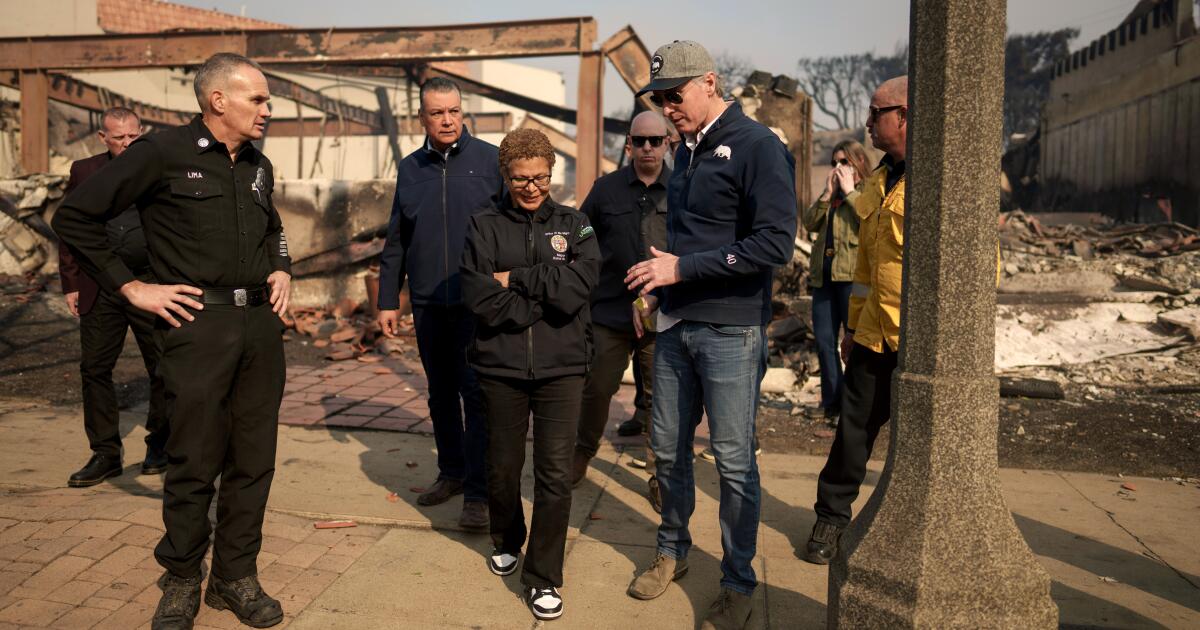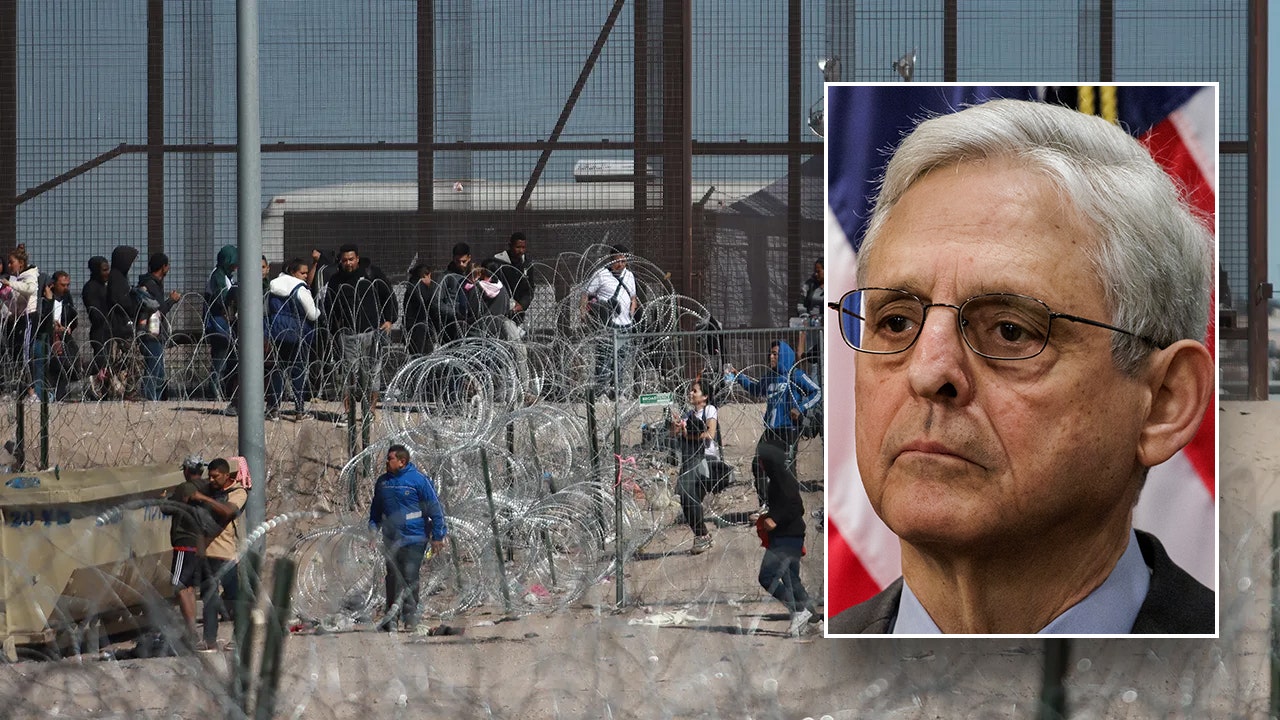cnn
—
Here's a look at mine disasters, accidents and deaths in the United States. This is a list of notable mining disasters and is not all-inclusive.
December 6, 1907 – Worst coal mine disaster in U.S. history: 362 miners die in explosion at Monongah Nos. 6 and 8 coal mines in Monongah, West Virginia.
December 19, 1907 – An explosion kills 239 people at the Darr Mine near Van Meter, Pennsylvania.
November 13, 1909 – 259 miners die in a fire at the Cherry Mine in Cherry, Illinois.
October 22, 1913 – An explosion kills 263 people at the Stag Canon No. 2 coal mine in Dawson, New Mexico.
June 8, 1917 – 163 miners die in a fire at the Granite Mountain mine in Butte, Montana.
January 10, 1940 – 91 miners die from an explosion at Pond Creek No. 1 in Bartley, West Virginia.
March 16, 1940 – An explosion at the Willow Grove No. 10 mine in St. Clairsville, Ohio, kills 72 miners.
March 25, 1947 – 111 miners die in an explosion at the Centralia No. 5 mine in Centralia, Illinois.
December 21, 1951 – An explosion at the Orient No. 2 mine in West Frankfort, Illinois, kills 119 miners.
November 20, 1968 – 78 miners die from an explosion at the Consol No. 9 mine in Farmington, West Virginia.
December 30, 1970 – 38 miners die in an explosion at mines 15 and 16 in Hyden, Kentucky.
May 2, 1972 – 91 miners die in a fire at the Sunshine Mine in Kellogg, Idaho.
April 15, 1981 – 15 miners are killed by an explosion at Dutch Creek No. 1, Mid-Continent Resources, Inc. in Redstone, Colorado.
December 19, 1984 – 27 miners die in a fire at the Wilberg Mine in Emery County, Utah.
September 23, 2001 – 13 miners are killed by an explosion at Mine No. 5, Jim Walter Resources, Inc. in Brookwood, Alabama.
July 24, 2002 – Nine coal miners from Quecreek Mining Inc. in Somerset County, Pennsylvania, are trapped in a four-foot-high chamber 240 feet below the surface after breaching a wall separating their mine from an older, flooded shaft. . They all survive and are rescued on July 28.
January 2, 2006 – An explosion occurs around 6:30 am at the Sago Mine in Tallmansville, West Virginia, trapping 13 miners. Twelve of the men had died of carbon monoxide poisoning when rescuers reached them around midnight on January 3-4. Randal McCloy, 27, is the only survivor.
May 20, 2006 – Five miners are killed in an explosion at the Darby No. 1 Mine in Harlan County, Kentucky. One miner, Paul Ledford, survives.
Crandall Canyon
August 6, 2007 – Six miners are trapped at the Crandall Canyon Mine in Huntington, Utah, when areas of the mine collapse.
August 16, 2007 – Three rescuers are killed and six injured when part of the mine collapses on them.
August 31, 2007 – The search for the six trapped miners is officially called off and declared too dangerous to continue rescue efforts.
May 8, 2008 – Rep. George Miller releases a House Education and Labor Committee report on the panel's investigation into the Crandall Canyon mine disaster. He recommends that a criminal investigation be conducted.
July 24, 2008 – The US government fines the mine operator, Genwal Resources, $1.34 million “for violations that directly contributed to the deaths of six miners last year,” plus nearly $300,000 for other violations. It collects $220,000 from mining consultant Agapito Associates “for a flawed analysis of the mine design.”
April 5, 2010 – 29 miners die in an explosion at the Upper Big Branch mine in Naoma, West Virginia.
April 29, 2011 – Massey Energy agrees to permanently seal Upper Big Branch mine.
May 19, 2011 – According to the Governor's Independent Investigative Panel report, the explosion was preventable and was due to failures in the safety system.
December 6, 2011 – The Justice Department announces a settlement in which the new owners of the Upper Big Branch coal mine will pay a $209 million settlement, including $1.5 million to the families of each of the 29 men who died.
January 10, 2012 – West Virginia mine owner settles wrongful death lawsuits with families of 29 Upper Big Branch disaster victims. CNN confirms that an agreement was reached in mediation for seven of the cases on January 8, 2012 and 22 of the cases on January 10, 2012.
February 22, 2012 – Gary May, superintendent of the Upper Big Branch mine at the time of the explosion, is accused of conspiring to impede Mine Safety and Health Administration law enforcement efforts at the mine between February 2008 and April 5. 2010. He pleads guilty in March 2012.
February 29, 2012 – Hughie Elbert Stover, former safety director at Massey Energy's Upper Big Branch coal mine, is sentenced to 36 months in prison for making a false statement and obstructing the government's investigation.
June 20, 2012 – Alpha Natural Resources seals Upper Big Branch mine permanently.
January 17, 2013 – May, a former mine superintendent, is sentenced to 21 months in prison and three years of supervised release.
10th of September 2013 – David Hughart, the company's highest-ranking official and former president of the Massey Energy division, is sentenced to 42 months in prison for violating mine health and safety laws.
November 13, 2014 – Don Blankenship, former CEO of Massey Energy, is charged with federal charges of conspiracy to violate mandatory mine health and safety standards, conspiracy to impede federal mine safety officials, making false statements to the Securities and Exchange Commission, USA and for securities fraud.
December 3, 2015 – Blankenship is convicted of conspiracy to intentionally violate mine health and safety regulations, and is acquitted of two other felony charges.
April 6, 2016 – Blankenship is sentenced to one year in federal prison.
November 28, 2017 – Blankenship files election papers to run for the United States Senate.
August 28, 2018 – The West Virginia Supreme Court denies Blankenship a spot on the Senate ballot after he loses the Republican primary.












